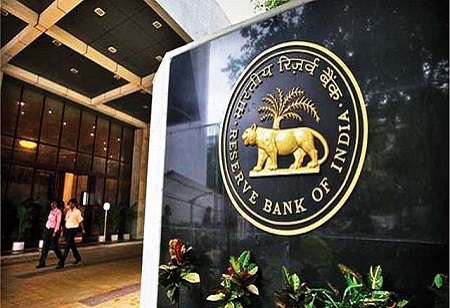
RBI focuses to tackle microloan burden with new MFI rules

 Microfinance institutions (MFIs) may get freedom to set interest rates guided by a board approved policy, under a Reserve Bank of India (RBI) proposal to review the regulatory framework governing them. The proposal, if implemented, will end the existing regulatory cap on MFI interest rates.
Microfinance institutions (MFIs) may get freedom to set interest rates guided by a board approved policy, under a Reserve Bank of India (RBI) proposal to review the regulatory framework governing them. The proposal, if implemented, will end the existing regulatory cap on MFI interest rates.
“Non-banking financial company (NBFC)-MFIs, like any other NBFC, shall be guided by a board-approved policy and the fair practices code, whereby disclosure and transparency would be ensured. There would be no ceiling prescribed for the interest rate.
Though, while doing so, they should ensure usurious interest rates are not charged," RBI said in its Consultative Document on Regulation of Microfinance. The idea is to harmonize regulations across categories of microlenders. RBI had on 5 February signalled the need for a framework that is uniformly applicable to all regulated lenders in the microfinance space. While the microlending space has scheduled commercial banks, small finance banks and NBFCs, investment and credit companies, the regulatory focus has largely been on those registered as NBFC-MFIs.
RBI states, the discussion paper intends to facilitate a review of the applicable regulatory framework for microfinance activities undertaken by all regulated entities. This is expected to address concerns related to over-indebtedness of microfinance borrowers and to enable a market mechanism to bring down interest rates.
Industry experts said this proposal reflects the regulator’s faith in the ability of microfinance lenders to transparently set interest rates.
P. Satish, executive director of Sa-Dhan, an industry body comprising 227 MFIs expressed “RBI has reposed faith in the maturity of the microfinance sector with this step. This is a forward-looking step where the responsibility is of the institution to fix a reasonable interest rate on transparent terms,".
Microlenders at present have limited freedom to set interest rates. The maximum an MFI can charge is the lower rate between the cost of funds plus a margin of 10 percentage points for NBFC-MFIs with loan portfolio exceeding ₹100 crore and 12 percentage points for others and 2.75 times the average base rate of the five-largest commercial banks.
RBI believes this rate ceiling also has had an unintended consequence of creating a prescribed benchmark for other microlenders. For instance, lending rates of banks also hover around this regulatory ceiling, despite the comparatively lower cost of funds. Ultimately, borrowers are deprived of the benefits of enhanced competition and economy of scale even under a falling interest rate regime, it said.
The new framework suggests a common definition of microfinance loans uniformly applicable to all regulated entities to ensure target borrowers are identified with an element certainty, irrespective of the type of lenders. Second, the maximum permissible level of indebtedness for microfinance borrowers shall be applicable to all regulated entities. Third, the current stipulation that limits lending by not more than two NBFC-MFIs to the same borrower will be removed.
Other proposed changes include each regulated entity requiring having a board-approved policy for household income assessment, periodicity of repayments as per borrowers’ requirements, and all-inclusive interest rates charged to the borrowers. That apart, there should be no pre-payment penalty.